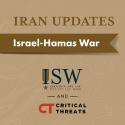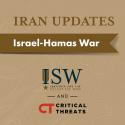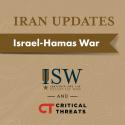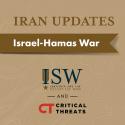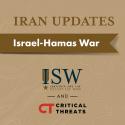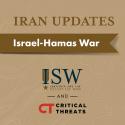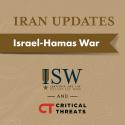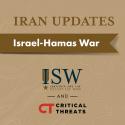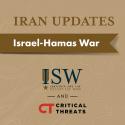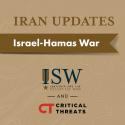Hamas is requiring Israel to meet its maximalist demands sooner than stipulated in the latest Israeli ceasefire proposal. Hamas has seemingly not shortened the timeline on which it would release Israeli hostages, however. Hamas issued new demands on June 11 in response to the latest Israeli ceasefire proposal. US Secretary of State Antony Blinken described the new demands as going beyond Hamas’ previous negotiating position and questioned whether Hamas is acting in good faith in the talks. The new demands involve Israel committing immediately to a permanent ceasefire, accelerating the timeline for reconstruction in the Gaza Strip, and making greater concessions on the release of Palestinian prisoners. Hamas also reportedly requested that Israeli forces withdraw sooner from the Gaza Strip. These changes would help Hamas secure most of its maximalist demands in the first phase of the proposed ceasefire deal and dilutes the second and third phases.
